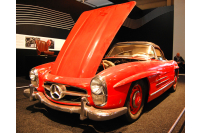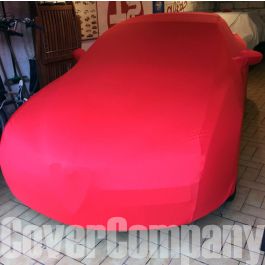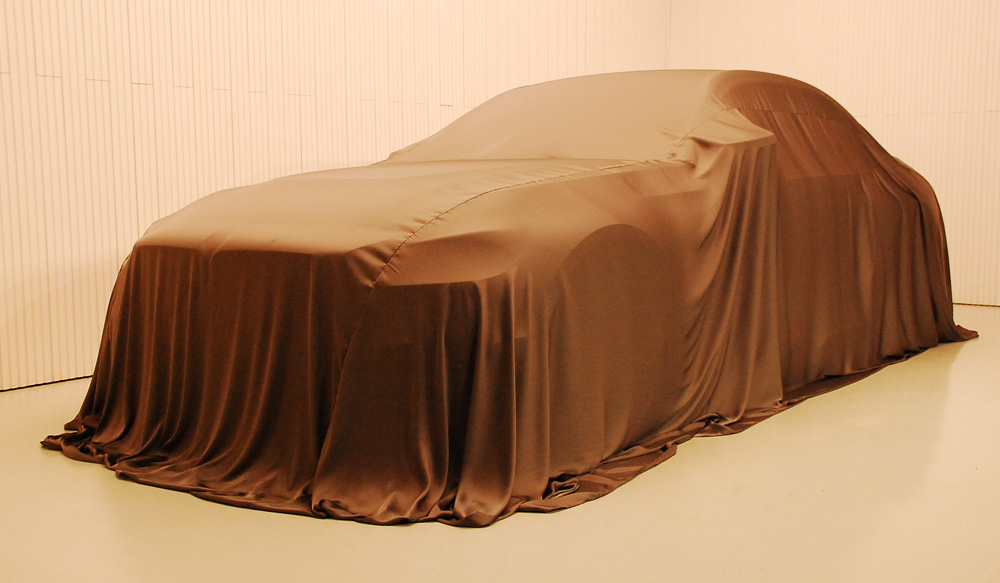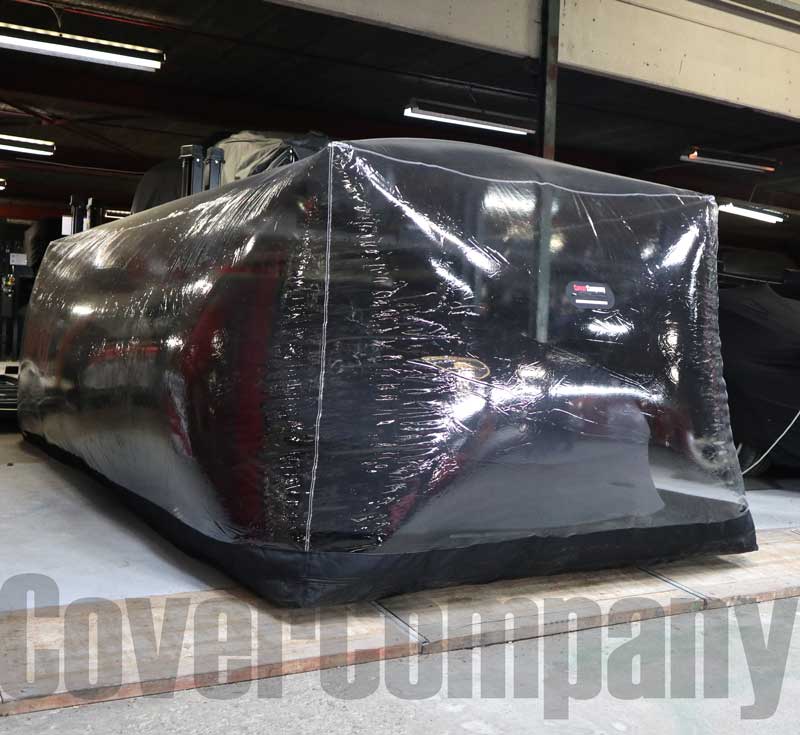Cherishing Classic Cars: Driving, Maintaining, and Storing with Care
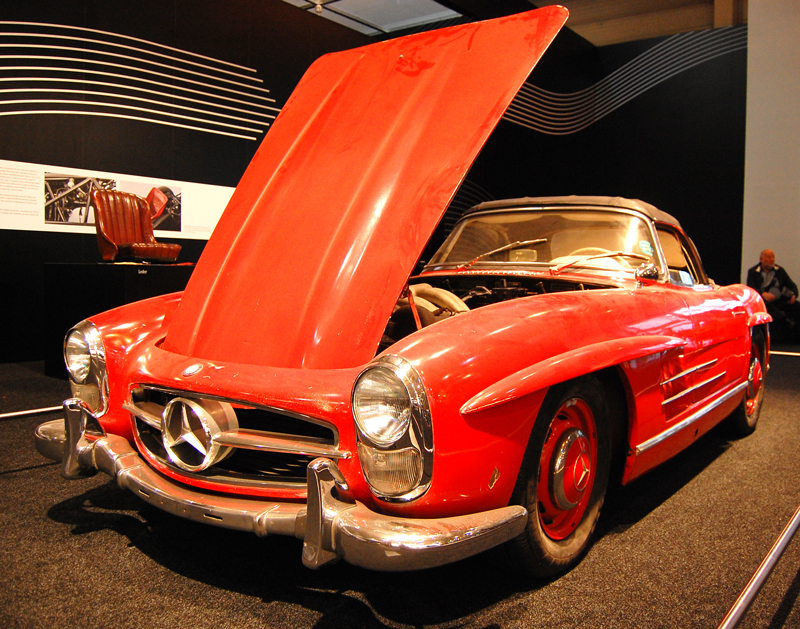 Classic cars are vehicles that are generally considered to be collectible or noteworthy due to their age, rarity, design, or engineering. While there is no specific definition of a classic car, they are typically cars that are over 25 years old and have a certain historical significance or cultural importance.
Classic cars are vehicles that are generally considered to be collectible or noteworthy due to their age, rarity, design, or engineering. While there is no specific definition of a classic car, they are typically cars that are over 25 years old and have a certain historical significance or cultural importance.
One of the main reasons why classic cars are valuable is because of their rarity. Many of these cars were produced in limited numbers, and as time passes, the number of surviving examples becomes increasingly smaller. As a result, the demand for classic cars can be quite high, which can drive up their value significantly.
Classic cars also have a significant cultural and historical significance. They represent a particular era in automotive design and engineering, and they often have a unique aesthetic that reflects the style and trends of their time. As such, classic cars are often seen as artifacts of history, providing a tangible link to the past.
In addition, classic cars can be seen as a part of a country's or region's heritage, and they can be used to promote tourism and cultural exchange. Many museums and private collectors showcase classic cars as a way to educate the public about the history of the automobile, and to preserve these important artifacts for future generations.
Overall, classic cars have both cultural and economic value, and they serve as a reminder of the history and evolution of the automotive industry.
Owning and driving a classic car
Classic cars can be quite different from modern cars when it comes to driving and maintenance. In terms of driving, classic cars often have a different feel and driving experience compared to modern cars. They may have different handling characteristics, different brakes, and a different driving position, which can take some getting used to. They may also lack many of the features and conveniences that we take for granted in modern cars, such as power steering, air conditioning, and modern safety features. As a result, driving a classic car can be more challenging and require more focus and attention from the driver.
When it comes to maintenance, classic cars often require more specialized knowledge and attention than modern cars. Many classic cars have more complex mechanical systems and may require more frequent maintenance, such as oil changes and tune-ups. In addition, parts for classic cars can be harder to find and may be more expensive than parts for modern cars. As a result, maintaining a classic car can be more time-consuming and expensive than maintaining a modern car.
However, many classic car owners find the process of driving and maintaining their cars to be rewarding and enjoyable. Classic cars have a unique charm and personality that is difficult to replicate in modern cars, and the process of maintaining and restoring them can be a labor of love for many enthusiasts.
Taking care of your classic car
Here are some tips on how to best take care of a classic car:
- Storage: Classic cars should be stored in a dry and secure location to protect them from the elements and prevent theft. A garage or storage unit with a climate-controlled environment is ideal. If the car will be stored for an extended period, such as over the winter, it is recommended to put the car up on jack stands to prevent the tires from developing flat spots.
- Indoor car covers: Indoor car covers can help protect the car's paint from dust, dirt, and other debris. Be sure to choose a cover that fits the car properly and is made from a breathable material to prevent moisture buildup.
- Tire cushions: If the car will be stored for an extended period, tire cushions can help prevent the tires from developing flat spots. These cushions can be placed under each tire to distribute the weight of the car more evenly.
- Battery maintainers: Classic cars that are stored for an extended period should have their batteries disconnected or removed. If the battery is left connected, a battery maintainer or trickle charger can be used to keep the battery charged and prevent it from discharging or dying.
- Regular maintenance: Classic cars require regular maintenance to keep them running smoothly. This includes oil changes, tune-ups, and inspections. It's also important to use the correct type of oil and other fluids for the car, as many classic cars have specific requirements that differ from modern cars.
Classic cars are a unique and cherished part of automotive history, valued for their rarity, design, and cultural significance. Driving and maintaining a classic car can be a different experience from modern cars, with different handling characteristics and more specialized knowledge required for maintenance. To best take care of a classic car, it's important to store it in a dry and secure location, use indoor car covers and tire cushions, and disconnect or maintain the battery during extended storage. Regular maintenance, including oil changes and tune-ups, is also important to keep the car in good condition. Despite the challenges, many classic car owners find the process of driving and maintaining their cars to be rewarding and enjoyable.
What Our Customer Are Saying...
-
PERFECT PROTECTION GOLDWING 1500 By: Gilles COHARD
 Very satisfied with this indoor size L cover (2.8 m x 1.2 m x 1.6 m) for the Goldwing 1500. Unfold carefully as the package is vacuum-sealed and the transparent part is very sticky. I installed it by myself. Be careful to position the antennas correctly. Consider using protection under the center and side stands to preserve the cover. No instructions in French. This cover is not cheap, but it really does the job. I highly recommend it. CoverCompany responds quickly to questions, which is much appreciated.
Very satisfied with this indoor size L cover (2.8 m x 1.2 m x 1.6 m) for the Goldwing 1500. Unfold carefully as the package is vacuum-sealed and the transparent part is very sticky. I installed it by myself. Be careful to position the antennas correctly. Consider using protection under the center and side stands to preserve the cover. No instructions in French. This cover is not cheap, but it really does the job. I highly recommend it. CoverCompany responds quickly to questions, which is much appreciated. -
Decent quality for the price By: Paul
 Cover is good quality. Being a standard fit cover it's designed to fit large SUV vehicles which is slightly too big for a Stelvio, but it's better that it's oversized than too small. It's never going to fit back into the storage bag or case that came with it so will have to find another way of storing it which is disappointing. Took about 10 days to get to the UK. - Answer by Cover Company: Thanks for your feedback Paul. The package includes an additional storage bag to store the cover once it has been used,
Cover is good quality. Being a standard fit cover it's designed to fit large SUV vehicles which is slightly too big for a Stelvio, but it's better that it's oversized than too small. It's never going to fit back into the storage bag or case that came with it so will have to find another way of storing it which is disappointing. Took about 10 days to get to the UK. - Answer by Cover Company: Thanks for your feedback Paul. The package includes an additional storage bag to store the cover once it has been used,

